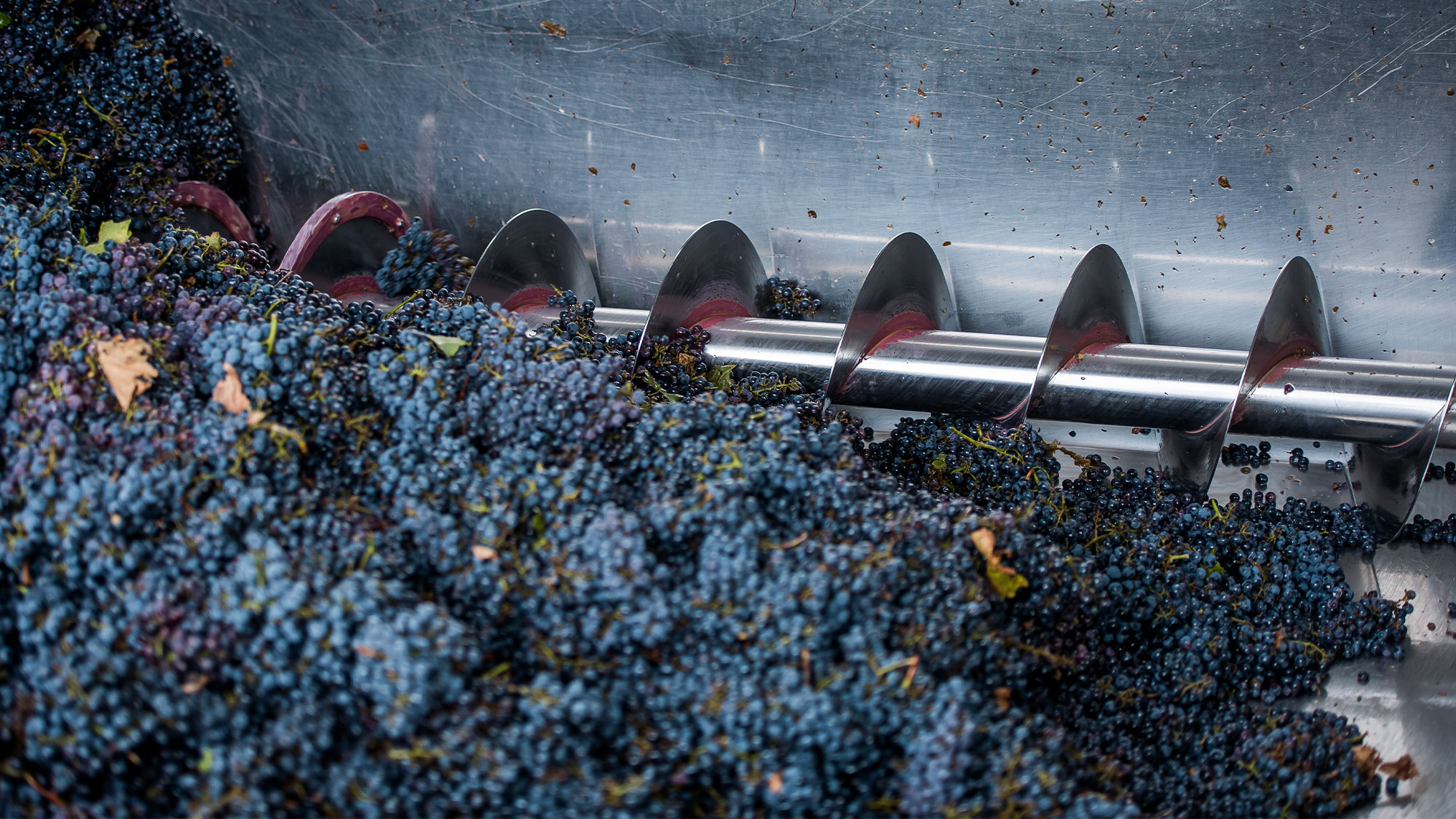


We do a lot of talking here on “Wine 101” about wine being ancient. But it wasn’t necessarily grown everywhere way back then. Instead, there came a point when Europeans set sail and started colonizing vast portions of the globe, grapevines in tow.
Many countries — including Chile, Argentina, Australia, South Africa, and what would later become the United States — actually started producing wine with European vines. However, different production methods, types of oak used for aging, and climates resulted in wines that were quite different from anything made in Europe. Myriad new wine cultures were born, and with them came terms like “Old World” and “New World” to differentiate between European wines and those produced in burgeoning regions. And while the distinction held strong for several decades, the line between Old World and New World has blurred in recent years, with some arguing that the terms should be eliminated entirely.
On this episode of “Wine 101,” Kieth dives into how these terms came to be and why they’ve become less relevant as of late. Tune in for more.
Listen on Apple Podcasts
Listen on Spotify
Follow Keith on Instagram @VinePairKeith. Rate and review this podcast wherever you get your podcasts. It really helps get the word out there.
“Wine 101” was produced, recorded, and edited by yours truly, Keith Beavers, at the VinePair headquarters in New York City. I want to give a big old shout-out to co-founders Adam Teeter and Josh Malin for creating VinePair. Big shout-out to Danielle Grinberg, the art director of VinePair, for creating the most awesome logo for this podcast. Also, Darby Cicci for the theme song. Listen to this. And I want to thank the entire VinePair staff for helping me learn something new every day. See you next week.
*Image retrieved from kiri via stock.adobe.com
The article Wine 101: Old World New World appeared first on VinePair.